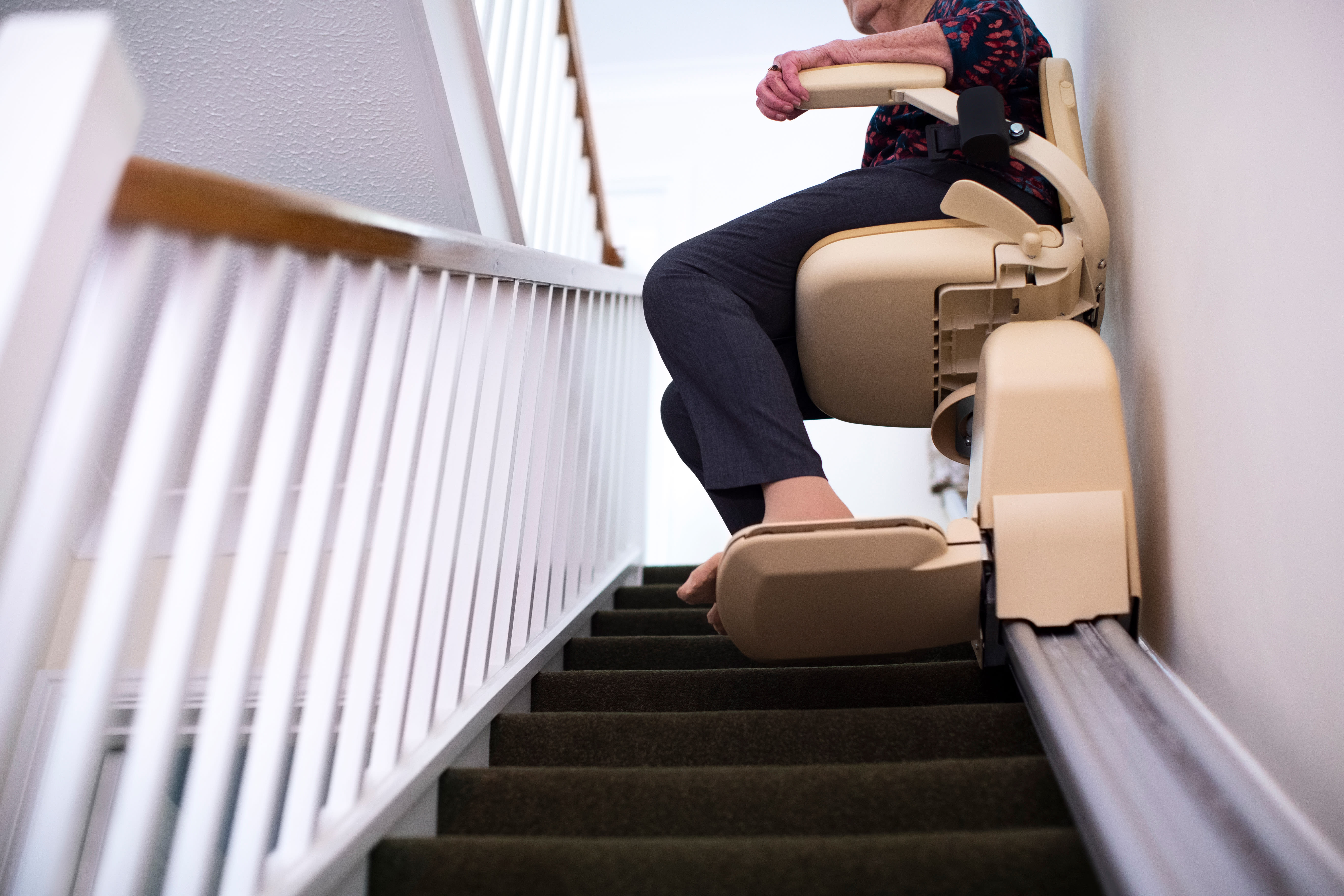Specialist Lift Engineer Course: Educating for Leading Lift Repair Companies Near Me
Specialist Lift Engineer Course: Educating for Leading Lift Repair Companies Near Me
Blog Article
Comprehensive Overview to Elevator Systems and Their Maintenance
Navigating the complex globe of elevator systems and their upkeep is a job that demands accuracy and understanding. From the various types of lift systems in use to the precise adherence to safety and security policies, the maintenance of these upright transportation devices is a complex endeavor.
Kinds Of Lift Equipments
The most common types include hydraulic lifts, grip lifts, machine-room-less lifts, and vacuum cleaner lifts. Hydraulic lifts are excellent for low-rise structures and make use of a hydraulic piston to relocate the lift cars and truck. Machine-room-less lifts are a space-saving choice as they do not need a separate device area for the lift equipment.
Each sort of elevator system has its own benefits and negative aspects, making it crucial for structure proprietors and developers to meticulously consider their details demands before selecting the most ideal alternative. Aspects such as developing height, room schedule, energy efficiency, and budget restraints all play a considerable function in determining the best lift system for a specific building.
Typical Upkeep Concerns
Regular maintenance of elevator systems is important to guarantee smooth operation and extend their life-span. Regardless of routine upkeep, elevator systems can still experience common maintenance issues that require to be promptly resolved to avoid disturbances in solution. Routine assessments and positive maintenance can help recognize and settle these usual maintenance concerns prior to they intensify and affect the overall efficiency of the lift system.
Safety Regulations and Conformity
Sticking to strict safety guidelines and making sure compliance with sector requirements are critical for maintaining the functional stability of lift systems. Elevators are subject to a thorough set of safety guidelines to protect passengers, upkeep personnel, and the basic public. Regulative bodies such as the Occupational Safety and Health And Wellness Administration (OSHA) in the USA and the European Lift Organization (ELA) in Europe establish standards that cover different aspects of elevator layout, procedure, installation, and maintenance.
Conformity with these laws is not just a legal demand however additionally an ethical commitment for structure proprietors and lift upkeep firms. Normal examinations, upkeep checks, and adherence to safety and security methods laid out in the regulations are important to guarantee the effective and risk-free operation of elevator systems.
Finest Practices for Maintenance

Another essential best practice is to promptly address any kind of unusual sounds or documented problems to avoid further damage. Applying an aggressive technique to maintenance can save time and cash over time by preventing costly repairs or substitutes. Building proprietors should additionally take into consideration investing in modernization upgrades to boost the effectiveness and safety of their lift systems. By complying with these best techniques, elevator systems can run efficiently and safely, giving trusted upright transportation for passengers.

Advanced Technologies for Effectiveness
Carrying out innovative technologies in lift systems can substantially enhance operational performance and traveler experience. These systems allow guests to input their desired flooring before getting in the elevator, which after that guides them to the most efficient auto.
Furthermore, the integration of smart sensors and predictive maintenance capabilities has actually revolutionized lift upkeep. These sensors can detect possible issues prior to they rise, making it possible for aggressive maintenance treatments and reducing downtime. Furthermore, making use of energy-efficient elements and regenerative drives aids decrease power usage and operating expense in elevator systems.
Moreover, the implementation of cloud-based tracking and remote diagnostics permits real-time tracking of elevator efficiency and prompt troubleshooting of explanation any malfunctions. This aggressive approach not only enhances system integrity but likewise improves the total user experience by making sure smooth and uninterrupted lift procedures.
Verdict
To conclude, comprehending the different kinds of lift systems, typical upkeep concerns, safety and security regulations, finest upkeep methods, and advanced innovations for effectiveness is critical for ensuring the smooth operation of elevators. By adhering to safety regulations and carrying out ideal techniques for maintenance, structure proprietors can extend the life expectancy of their lift systems and make sure the safety and security of travelers. It is necessary to remain upgraded on the most recent improvements in elevator innovation to improve efficiency and reliability.
The most common kinds consist of hydraulic lifts, traction elevators, machine-room-less lifts, and vacuum cleaner lifts. Hydraulic elevators are perfect for low-rise buildings and utilize a hydraulic piston to relocate the elevator vehicle. Machine-room-less elevators are a space-saving alternative as they do not call for a different device room for the lift equipment. Routine evaluations and proactive upkeep can assist recognize and solve these typical maintenance concerns prior to they escalate and influence the total performance of the lift system.

Report this page